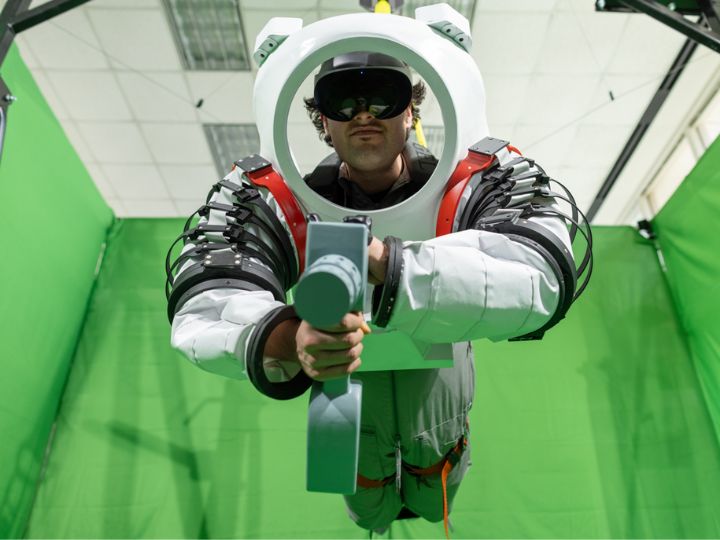NASA Selects UH to Establish New Space Research Center
Published May 21, 2024 by Hailea Schultz
NASA has awarded the University of Houston (UH) with a nearly $5 million grant to establish an aerospace engineering research center, aimed at bolstering the agency’s human space exploration efforts on the Moon and Mars.
The award is funded by the NASA Office of STEM Engagement Minority University Research and Education Project (MUREP) Institutional Research Opportunity (MIRO) program, which is a larger effort to distribute $45 million to 21 higher education institutions to accelerate aerospace research.
The cutting-edge facility, dubbed NASA MIRO Inflatable Deployable Environments and Adaptive Space Systems (IDEAS2) Center, will partner with the Johnson Space Center to develop scalable orbital and surface infrastructure and operational systems that enable humans to live and work in space long-term, according to UH. The center will also collaborate with various community partners such as Texas A&M University, Houston Community College, San Jacinto College, Axiom Space and others to advance this work.
Additionally, the center will offer opportunities for graduate, undergraduate, middle and high school students to engage in research and hands-on learning, encouraging and promoting pathways to careers in aerospace.
“The vision of the IDEAS2 Center is to become a premier national innovation hub that propels NASA-centric, state-of-the-art research and promotes 21st-century aerospace education,” said Karolos Grigoriadis, Moores Professor of Mechanical Engineering and director of the Aerospace Engineering Graduate Program at UH. Grigoriadis spearheaded the effort and will lead the center.
Discover more about Space City’s dynamic ecosystem.
 The Houston Report
The Houston Report




















